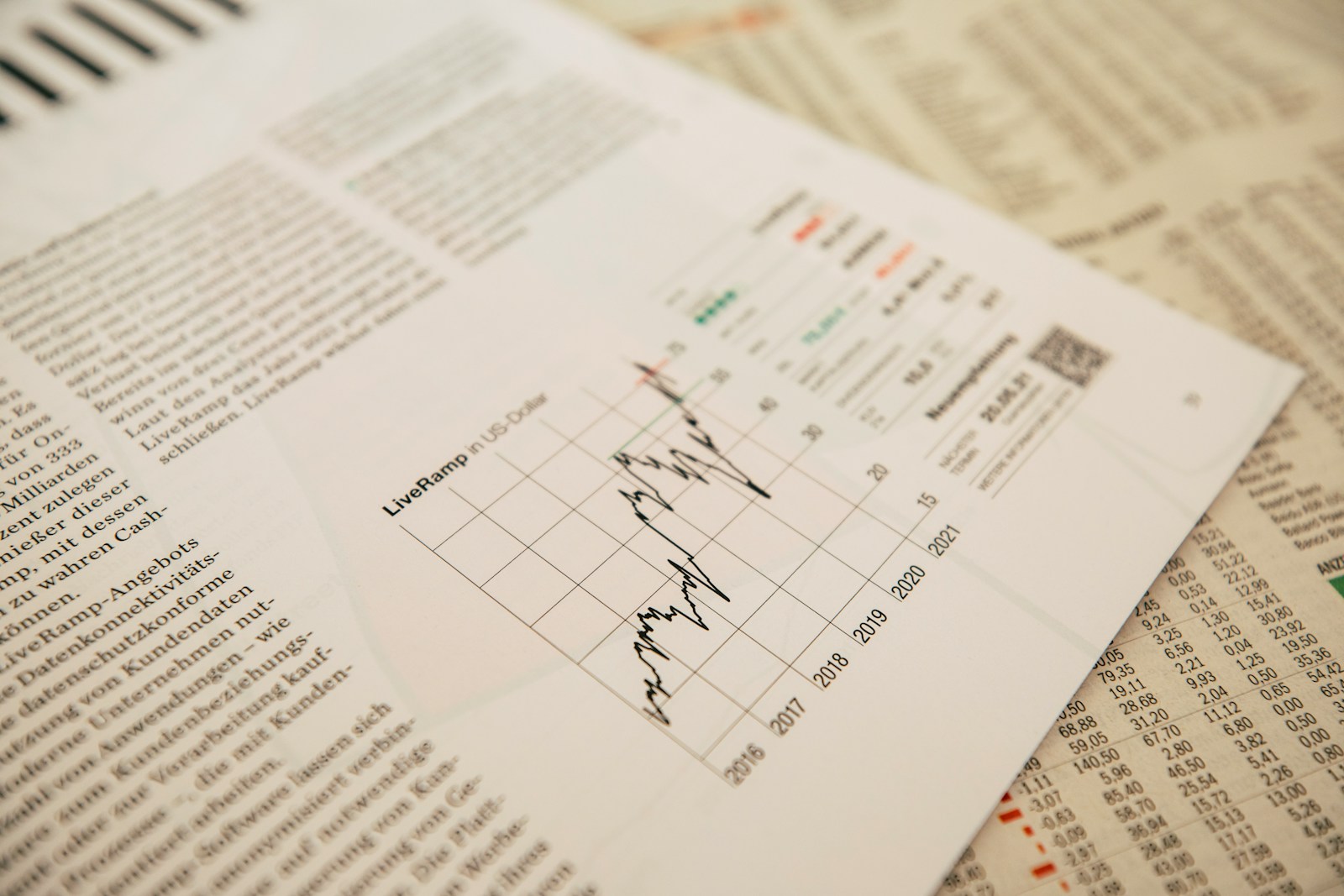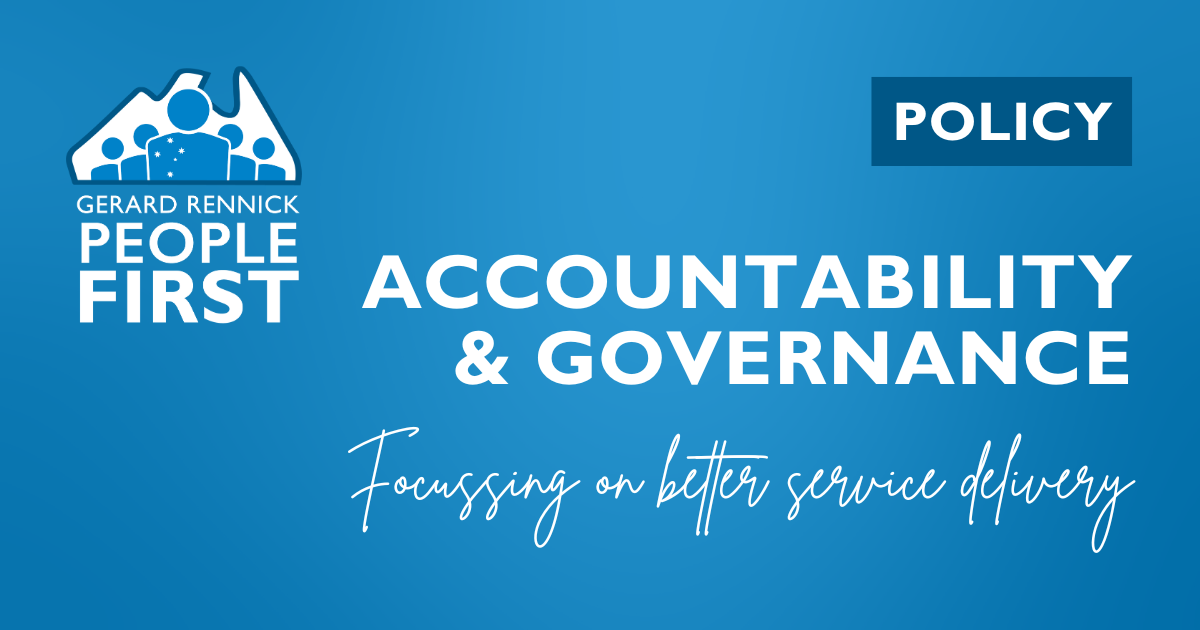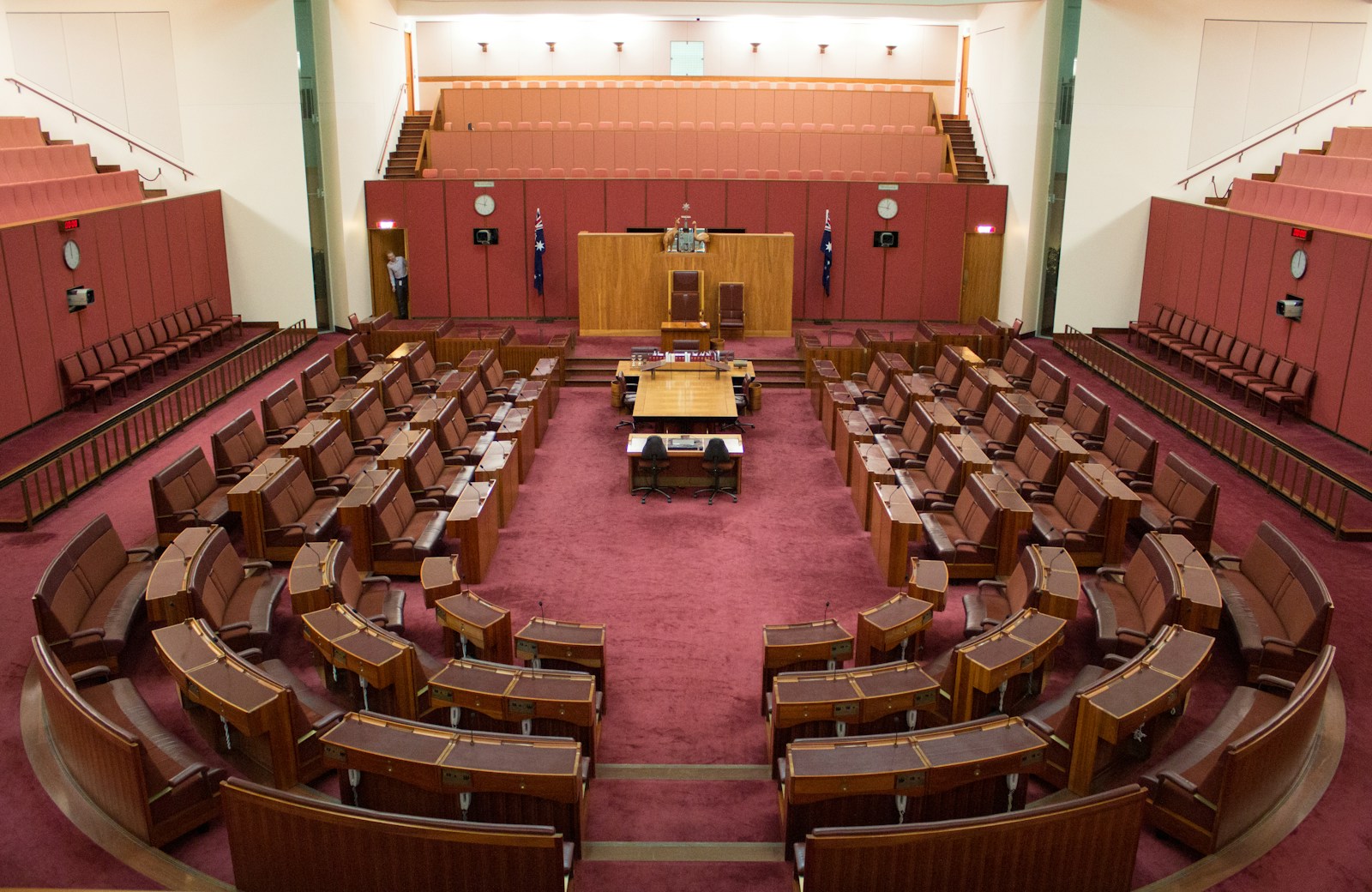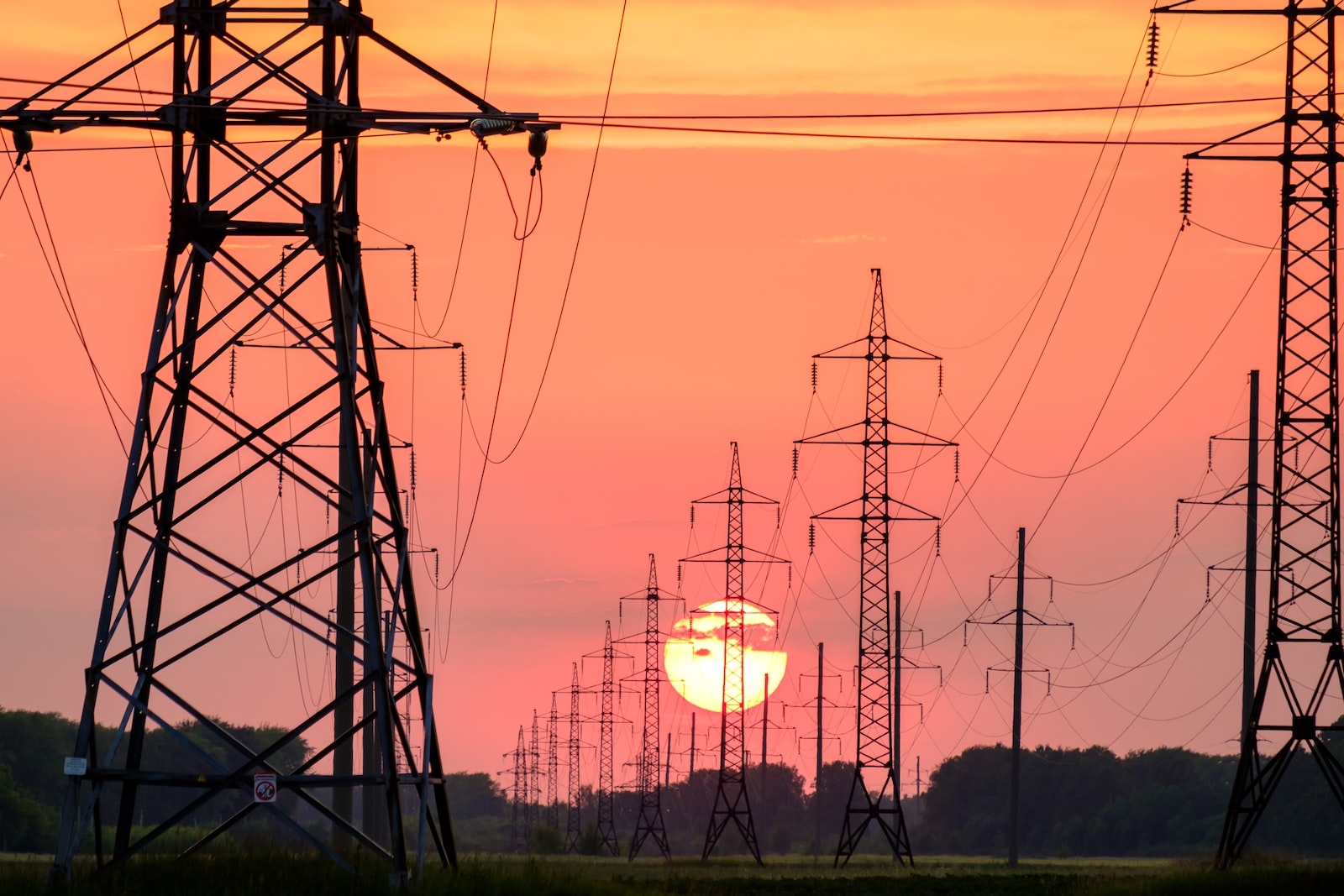This round of questions to Treasury about immigration really shows how clueless Labor is about immigration.
The Finance Minister (you know the one that handed over millions of taxpayer dollars to Brittany Higgins despite a court finding the government did nothing wrong) couldn’t even say what the projected rate of immigration will be into the future.
This was the Economics committee mind you. Gallagher telling me to see Home Affairs is just a cop out. Immigration levels are controlled by Treasury not Home Affairs.
As for saying other countries have high immigration rates well so what. That makes it okay then does it?
I don’t think so. Australians living in tents and cars is never okay.
And so much for tracking down. The immigration rate is still tracking up with no end in sight.
Labor are deliberately destroying Australia with their reckless immigration policy.
Economics Legislation Committee
14/02/2024
Estimates
TREASURY PORTFOLIO
Department of the Treasury
Senator RENNICK: My first question is around population. Why won’t Labor and Treasury—because Treasury advise Labor what to do—reduce immigration as a way to reduce inflation and ease the housing crisis that is making so many Australians homeless?
Mr Yeaman: From a Treasury perspective, the settings around migration are matters for government. We have acknowledged, in many of our documents, that we’ve seen a faster than expected surge post COVID, which is not unique to Australia, by any means. I know, for example, that in Canada there’s been a very large surge in the migration of students, but also in a number of other countries I could mention. There has been an unexpected surge in migration off the back of the COVID pandemic—faster than we thought. Government has taken substantial steps in recent times to try and reduce that increase. But, ultimately, matters around the migration intake are for matters for government.
Senator RENNICK: Minister, could you answer that question, please?
Senator Gallagher: You want to see further reductions to the ones that the government have outlined through our changes through the migration review—is that what you’re saying?
Senator RENNICK: Yes. You’ve gone over half-a-million people. It’s caused a shocking housing crisis that’s rendered many Australians homeless. When are you going to lower immigration to rates that can get Australians back into their houses and out of the tents and cars that they’re living in?
Senator Gallagher: Those reforms have already been announced by the Minister for Home Affairs. I’m sure that in Home Affairs estimates they could have taken you through some of those changes.
Senator RENNICK: What are you reducing your rate of immigration to?
Senator Gallagher: It was published in the MYEFO document.
Senator RENNICK: Was it 375,000?
Senator Gallagher: It is a staged reduction. I think it goes beyond that.
Mr Yeaman: I’ll need to confirm that. We’ll see if we have that number to hand.
Senator RENNICK: Three hundred and seventy-five thousand is still well above long-term averages.
Senator Gallagher: But I think it tracks down to 260,000, then down to 250,000. That’s published in the MYEFO.
Senator RENNICK: What are we going to do about getting Australians who are now homeless back into houses?
Senator Gallagher: That’s a separate question. I can talk you through all of the different housing policies that we have. Essentially, the short answer is that we have a very full agenda of driving and increasing housing supply in this country. Part of the issue we’re dealing with is that we don’t have enough houses, so we have to build more.
CHAIR: We also have that part of Treasury coming next—the housing group are coming next.
Senator RENNICK: I’ll ask one more question about population and I’ll take the tax stuff later on. Does Treasury acknowledge that, with higher immigration, it shifts the labour workforce and that, say, our tradies have to build more houses rather than go out there and build more factories to produce goods and services? Do you look at that sort of modelling when you look at the population intake?
Mr Yeaman: The way that we’ve talked about this in the past is that, when there’s an increase in migration, obviously the economy itself gets larger. That’s the first effect. For the people who come into the country as migrants, there is an associated level of increased demand. They demand housing and services and purchase goods here in Australia. But they also themselves bring an increase in labour supply that can be provided to support the economy.






























